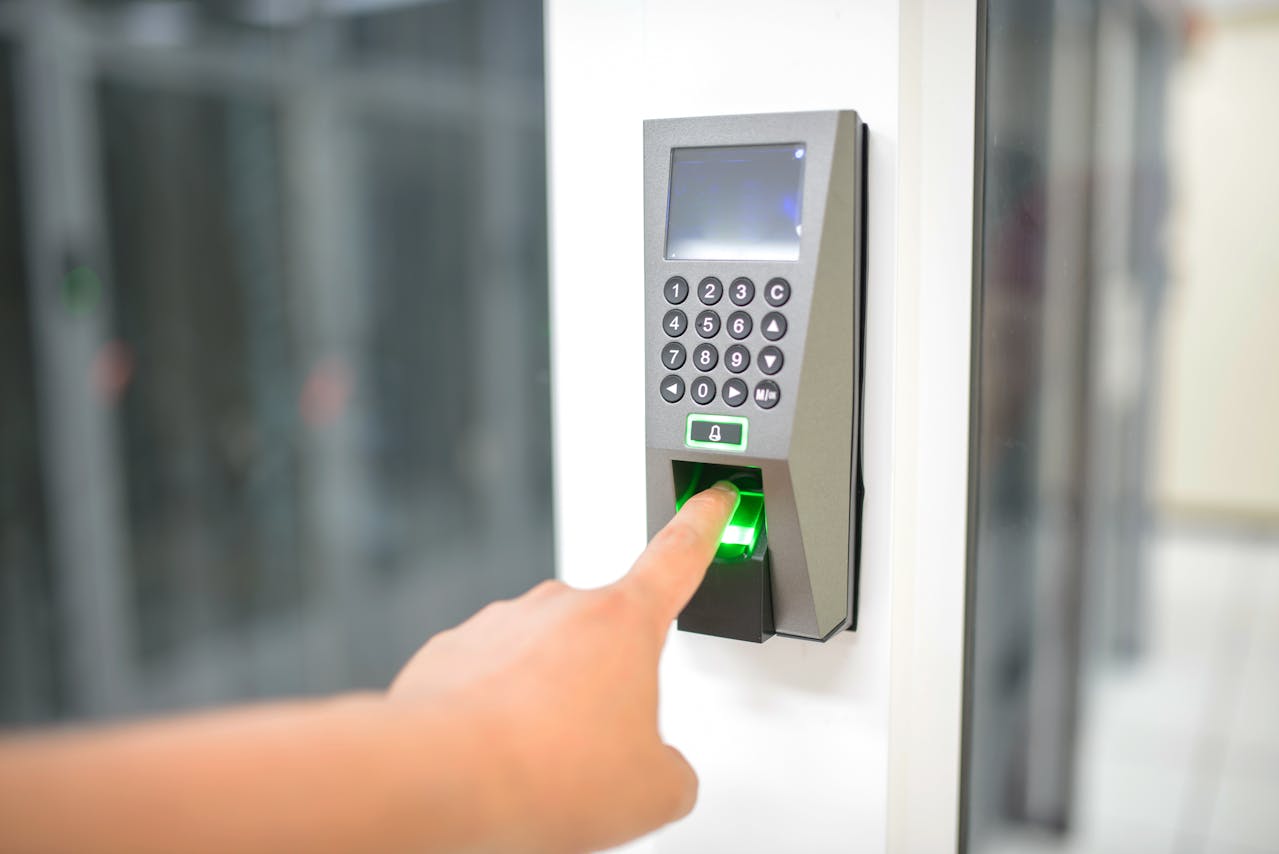Door access systems are prevalently installed in offices, condominiums, schools, hospitals, and government facilities throughout the Philippines. These systems provide greater security, easier access, and decreased manual checks. Yet, as with any technology, technical issues cannot be avoided—software and firmware bugs, to be specific. These technical issues can lead to system failures such as denied entry, data logging failure, slow response, or complete system collapse. Due to the significant contribution that Door Access System Philippines makes towards security and operation, solving these issues promptly and effectively is imperative.
Causes and Impact of Software Glitches and Firmware Bugs
Software failures can be caused by programming bugs, compatibility issues, obsolete systems, or incorrect configurations. Firmware flaws, however, generally result from errors in the system’s embedded code, which dictates the hardware’s behavior. In the Philippines, where network configurations and power conditions can be unstable, such flaws can also be caused by unstable links, unanticipated shutdowns, or physical factors such as high humidity or dust.
The consequences of these problems can be drastic. Authorized individuals can be locked out, while unauthorized ones can be let in. Logs can be incomplete or erroneous, rendering audits and incident investigations cumbersome. In the worst case, whole facilities can be shut down or compromised, with glitch management necessitating attention from administrators and building managers.
Solutions to Address Software Glitches and Firmware Bugs
Regular Software and Firmware Updates
One of the most reliable methods of fixing and avoiding bugs is with periodic updates. Door access system manufacturers regularly issue patches that correct known bugs or optimize system performance. Local service providers in the Philippines typically work in coordination with international vendors to update firmware and software. Administrators must set up a routine maintenance schedule that involves checking for and installing updates. This exercise not only fixes present bugs but also makes the system robust against future weaknesses.
Partnering with Reliable Suppliers and Local Support
In order to properly fix software glitches, it’s important to have reputable vendors that provide localized support within the Philippines. Leading vendors have dedicated technical staff who know the local infrastructure and prevalent issues. They are able to offer quick response to problems, remote diagnosis, and even on-site fixing when required. Having vendors with a significant presence in the country also means faster access to replacement spares or upgrade mechanisms when required.
Use of Remote Monitoring and Diagnostic Tools
Today’s door access systems are typically furnished with diagnostic capabilities that can detect software or firmware problems before they become serious. Remote diagnostics enable IT staff to view real-time alerts, error messages, and system status in real-time. In the Philippines, where most offices and buildings have centralized IT, remote diagnosis can be a convenient solution. It obviates the need for manual checks and enables technicians to resolve minor problems via remote access.
Implementing Redundancy and Fail-Safe Mechanisms
To minimize the operational disruption of software or firmware failure, door access systems can be designed with redundancy capabilities. These take the form of backup batteries, secondary control panels, or offline mode access. In case the primary system fails due to a glitch in the software, the backup can become operational temporarily, so access is not interrupted. In security-critical facilities like hospitals or government offices in the Philippines, such fail-safe features are particularly beneficial.
Conducting Periodic System Audits and Stress Testing
Regular audits detect inefficiencies, inconsistencies, and latent bugs in the system. Stress testing the software under different scenarios reveals vulnerabilities that may not emerge under ordinary conditions. Philippine enterprises may conduct these tests during lean hours or holidays to disrupt operations as little as possible. Simulating different access modes and points of failure allows administrators to address issues ahead of time and enhance system dependability.
User Training and Error Reporting Protocols
At other times, what seems to be a software glitch is the effect of a lack of proper system utilization. Users or staff who are not adequately trained can unintentionally generate system faults. Complete training on the proper use of the system, as well as error-reporting or anomaly techniques, can minimize glitches. Having a standard error-reporting procedure within Philippine facilities secures documents and raises issues to IT or support groups promptly.
Customization and Configuration Based on Local Conditions
Not every software and firmware issue is caused by bugs. Some are caused because the system is not properly set up for local needs. For instance, in the Philippines, power outages happen more often in specific areas, so systems have to be set up to deal with restarts and reconnects without losing information or access records. Tailoring the software configuration to reflect real-world patterns of usage and environmental conditions can reduce surprises and avoid malfunctions that would otherwise be attributed to glitches.
Key Takeaway
Door access systems used in the Philippines are an essential security measure in protecting buildings and regulating movement within them. But software bugs and firmware issues are inherent problems that can affect performance and security. With the implementation of forward-thinking methods, such as periodic updates, stable vendor relationships, remote diagnostics, and system redundancy, businesses and institutions can efficiently cope with and reduce such issues. Besides that, local customization, appropriate user training, and regular audits also improve system stability. With these in place, door access systems can go on delivering safe, efficient, and uninterrupted service nationwide.
